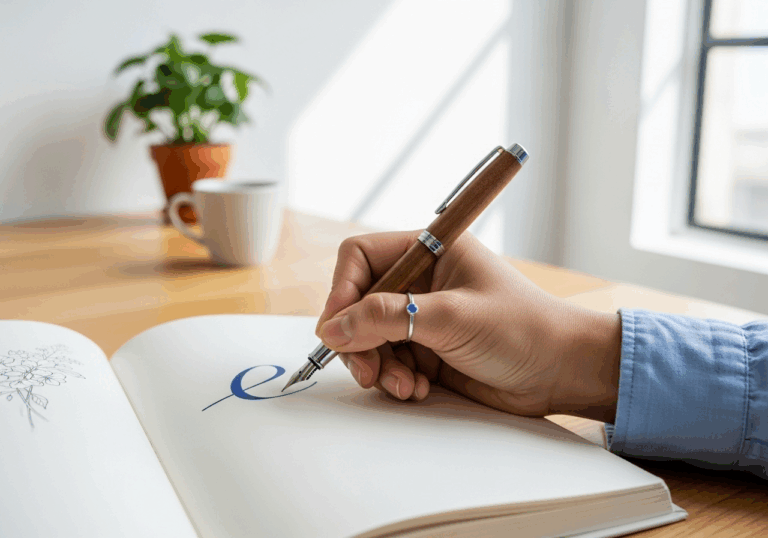Science-Backed Tips
Breathe Your Way to a Lower Heart Rate
Daily slow breathing can reduce heart rate by 3.43 bpm.
📊 Did you know?
💡 Why It Matters
🌟
Lowering heart rate by 3.43 bpm can significantly reduce the risk of cardiovascular events.
🌟
Reduced anxiety levels can improve overall quality of life and mental health.
🌟
Implementing slow breathing techniques may decrease reliance on medication for hypertension.
✅ Try These Micro-Tips
🎯
Practice slow breathing for 10 minutes daily at 6 breaths per minute.
🚀
Incorporate slow breathing into your morning routine for enhanced mood stabilization.
☀️
Use guided breathing apps to maintain consistency in practice.
🌱
Combine slow breathing with progressive muscle relaxation for added benefits.
📚 The study
The implications of these findings are profound. A reduction of just 3.43 bpm can substantially lower the risk of cardiovascular events, making slow breathing techniques a valuable tool in managing hypertension. Furthermore, the decrease in anxiety not only enhances overall quality of life but also contributes positively to mental health.
By incorporating slow breathing exercises into daily routines, individuals may find themselves less reliant on medication for hypertension, paving the way for a more natural approach to health management. This study underscores the importance of integrating simple yet effective techniques like SBE into our lives to foster both physical and mental well-being.
❓ Frequently Asked Questions ❓
Learn more
What is slow breathing and how does it work?
Slow breathing involves taking approximately six breaths per minute to promote relaxation. This technique can lower resting heart rate and stabilize mood by reducing physiological arousal.
How long should I practice slow breathing each day?
It is recommended to practice slow breathing for about 10 minutes daily. This duration is effective in achieving a reduction in resting heart rate and anxiety levels.
What are the benefits of lowering my resting heart rate?
Lowering your resting heart rate by about 3-4 bpm can significantly reduce the risk of cardiovascular events. It also indicates reduced sympathetic arousal, which supports mood stabilization.
Can slow breathing help with anxiety?
Yes, practicing slow breathing can significantly reduce anxiety levels. This reduction in anxiety can lead to an overall improvement in quality of life and mental health.
How does slow breathing compare to other relaxation techniques?
Slow breathing has been shown to be effective in lowering heart rate and anxiety, similar to techniques like progressive muscle relaxation (PMR). Combining slow breathing with PMR can enhance the benefits even further.
Is there a specific time of day that is best for practicing slow breathing?
Incorporating slow breathing into your morning routine can enhance mood stabilization throughout the day. However, it can be practiced at any time that suits your schedule.
Are there any tools or apps to help with slow breathing practice?
Yes, there are several guided breathing apps available that can help maintain consistency in your slow breathing practice. These apps often provide visual or auditory cues to assist with timing.
Can slow breathing reduce my reliance on medication for hypertension?
Implementing slow breathing techniques may decrease the need for medication in managing hypertension. However, it is important to consult with a healthcare provider before making any changes to your treatment plan.
What is the target breathing rate for effective slow breathing?
The target breathing rate for effective slow breathing is approximately six breaths per minute. This rate is optimal for achieving the desired physiological effects on heart rate and mood.
How quickly can I expect to see results from practicing slow breathing?
Many individuals may start to notice improvements in mood and anxiety levels within a few weeks of consistent practice. However, individual results may vary based on personal circumstances and adherence to the technique.





